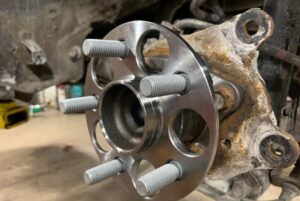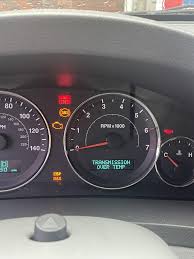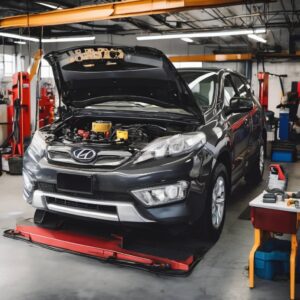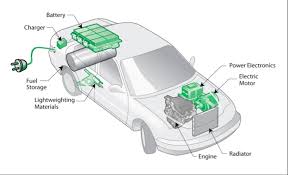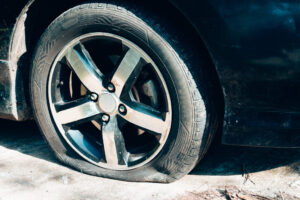What Does Low Tread on My Tires Mean?
Your tires are the only part of your vehicle that makes direct contact with the road, making them crucial for your safety and driving performance. One of the most important aspects of tire health is tread depth. In this blog post, we’ll discuss what low tread on your tires means, why it’s a concern, and how to check if your tires need to be replaced.
Understanding Tire Tread
Tire tread refers to the grooves and patterns on the surface of your tires that come into contact with the road. These grooves are designed to channel water, snow, and debris away from the tire’s contact patch, allowing your vehicle to maintain traction. As you drive, the tread naturally wears down over time. The rate of wear can vary depending on factors like driving habits, road conditions, and tire maintenance.
The Dangers of Low Tread
Low tread on your tires can significantly reduce your vehicle’s ability to grip the road, especially in wet or slippery conditions. Here’s why low tread is a concern:
Reduced Traction
The primary function of tire tread is to provide traction. When the tread is low, your tires have less grip, which can make it harder to control your vehicle, particularly in adverse weather conditions like rain or snow. This can lead to longer stopping distances and an increased risk of skidding or hydroplaning.
Poor Water Displacement
When driving on wet roads, tire tread helps to displace water, preventing your vehicle from hydroplaning. With low tread, the tires can’t effectively channel water away, increasing the likelihood of losing control on wet surfaces. Hydroplaning occurs when a layer of water builds up between the tire and the road, causing the tire to lose contact with the surface and the driver to lose control.
Longer Braking Distances
Low tread reduces your tires’ ability to stop your vehicle quickly. This means that in an emergency, your car may take longer to come to a complete stop, which can be dangerous in situations where quick braking is necessary to avoid an accident.
Increased Risk of Blowouts
Tires with low tread are more susceptible to punctures and blowouts. As the tread wears down, the tire’s overall structure weakens, making it more vulnerable to damage from sharp objects or rough road surfaces. A blowout at high speeds can be catastrophic, leading to loss of vehicle control.
How to Check Your Tire Tread
Monitoring your tire tread is a simple task that can help you avoid potential safety hazards. Here are a few methods to check if your tire tread is too low:
The Penny Test
One of the easiest ways to check your tire tread is by using the penny test. Insert a penny into the tread grooves with Lincoln’s head facing down. If you can see the top of Lincoln’s head, your tread is too low, and it’s time to replace your tires. This method works because a tread depth of less than 2/32 of an inch is considered dangerous.
Tread Wear Indicators
Many tires come with built-in tread wear indicators. These are small raised bars located between the tread grooves. When the tread wears down to the same level as these indicators, it’s a clear sign that the tires need to be replaced.
Tire Tread Depth Gauge
For a more precise measurement, you can use a tire tread depth gauge. This tool allows you to measure the exact depth of your tread, giving you a clear indication of whether your tires are still safe to use. Most experts recommend replacing your tires when the tread depth reaches 4/32 of an inch, especially if you frequently drive in wet conditions.
When to Replace Your Tires
If your tire tread is low, it’s crucial to replace your tires as soon as possible. Waiting too long can compromise your safety and the safety of others on the road. Additionally, driving with low tread can lead to uneven wear on your tires, which can affect your vehicle’s alignment and handling.
Conclusion
Low tread on your tires is a serious safety concern that should not be ignored. Regularly checking your tire tread and replacing your tires when necessary can help ensure that your vehicle maintains proper traction, braking performance, and overall safety. Don’t wait until it’s too late—keep an eye on your tire tread and replace your tires before they become a hazard. Safe driving starts with well-maintained tires

